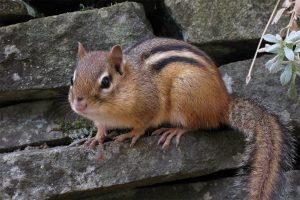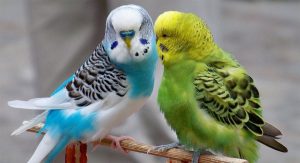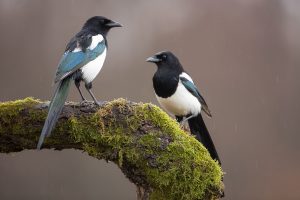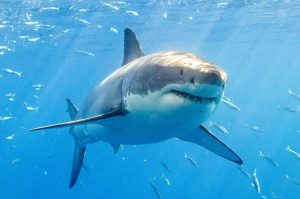
27 interesting facts about vampires bats
- 👁️ 326
Vampire bats have long been subjects of fear and fascination in human culture, often associated with myths and legends. However, these small mammals are incredible creatures with unique adaptations that allow them to live on a diet exclusively composed of blood. This list reveals surprising and intriguing facts about vampire bats, shedding light on their real-life behaviors, rather than the fictional monsters they’re often made out to be. From their social structure to their feeding habits, vampire bats are a testament to the incredible diversity of life and the evolutionary creativity of nature.
- Vampire bats are found in the Americas, from Mexico to Brazil, Chile, and Argentina.
- They are the only mammals that feed entirely on blood.
- Their diet consists mainly of the blood of livestock such as horses, pigs, and cattle.
- Vampire bats can consume up to half their body weight in blood every night.
- They have special adaptations in their kidneys to rapidly filter out the large quantities of liquid from the ingested blood.
- Unlike many bat species, vampire bats can walk, run, and even hop on the ground thanks to their strong hind legs and a special thumb.
- They have heat sensors on their noses that help them detect warm-blooded animals in the dark.
- The anticoagulant found in vampire bat saliva is being studied for potential medical applications, including treatments for stroke patients.
- Vampire bats have a highly developed social structure and engage in altruistic behaviors, such as sharing food with less successful hunters.
- They use echolocation to navigate and find their prey in complete darkness.
- These bats have sharp teeth that are capable of making a small incision in the skin of their prey.
- The common vampire bat, Desmodus rotundus, prefers the blood of mammals.
- The white-winged vampire bat, Diaemus youngi, and the hairy-legged vampire bat, Diphylla ecaudata, prefer the blood of birds.
- Vampire bats can live up to 20 years in captivity.
- They groom each other as a part of their social interactions.
- Females usually give birth to one pup per year, which they feed with regurgitated blood.
- They can spread diseases like rabies, making them a concern for livestock health.
- Vampire bats have been known to adapt quickly to changes in their environment, including human encroachment.
- They have a membrane on their wings that helps in thermoregulation.
- These bats are nocturnal and do most of their feeding at night.
- Scientists study vampire bats to learn more about disease transmission.
- Conservation efforts are crucial for some species of vampire bats due to habitat loss.
- Their saliva contains enzymes that keep the blood from clotting while they feed.
- Vampire bats have a low reproductive rate, which makes their populations vulnerable.
- They exhibit loyalty to their roosting groups, returning to the same roost with the same colony members each morning.
- Vampire bats can fly up to two hours in search of food, covering large distances.
- The grooming and social bonding activities among vampire bats are crucial for maintaining colony cohesion and cooperation.
In conclusion, vampire bats are fascinating creatures that challenge our preconceived notions with their unique biological and social traits. Their ability to survive on a diet exclusively composed of blood, coupled with their social behaviors and contributions to medical research, makes them an extraordinary subject of study. While they may carry a somewhat macabre reputation, understanding the true nature of vampire bats allows us to appreciate the complexity of their existence and the critical balance they maintain in their ecosystems.











